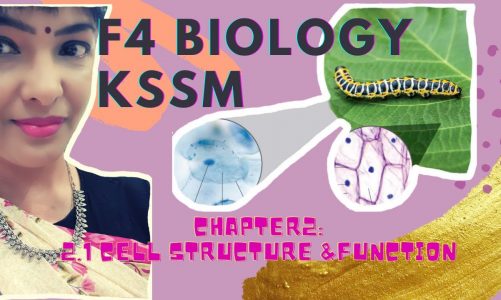Mitochondria
Present in all eukaryotic cells.
Some cells in some multicellular organisms may, however, lack them (for example, mature mammalian red blood cells).
A number of unicellular organisms, such as microsporidia (Fungi), parabasalids (protistis), and diplomonads (protist), have also reduced or transformed their mitochondria into other structures.
To date, only one eukaryote, Monocercomonoides (Protozoan), is known to have completely lost its mitochondria.[2]
Discovered in 1850 in muscle cells.
Commonly called as power house of cell.
Double membrane bounded organelle.
Outer membrane is smooth.
Inner membrane is folded.
These folds are called cristae.
Self replicating organelle.
The inner membrane surface bears lolli pop like bodies called F1 Particles.
The matrix of mitochondria contains. DNA, RNA, Ribosomes, many oxidative enzymes and various salts.
Site of kreb cycle and electron transport chain (Respiration).
Other functions
Signaling through mitochondrial reactive oxygen species
Regulation of the membrane potential
Apoptosis-programmed cell death
Calcium signaling (including calcium-evoked apoptosis)
Regulation of cellular metabolism
Certain heme synthesis reactions
Steroid synthesis.
Hormonal signaling; Mitochondria are sensitive and responsive to hormones, in part by the action of mitochondrial estrogen receptors (mtERs).
These receptors have been found in various tissues and cell types, including brain and heart
Some mitochondrial functions are performed only in specific types of cells.
For example, mitochondria in liver cells contain enzymes that allow them to detoxify ammonia, a waste product of protein metabolism.
A mutation in the genes regulating any of these functions can result in mitochondrial diseases.
source



